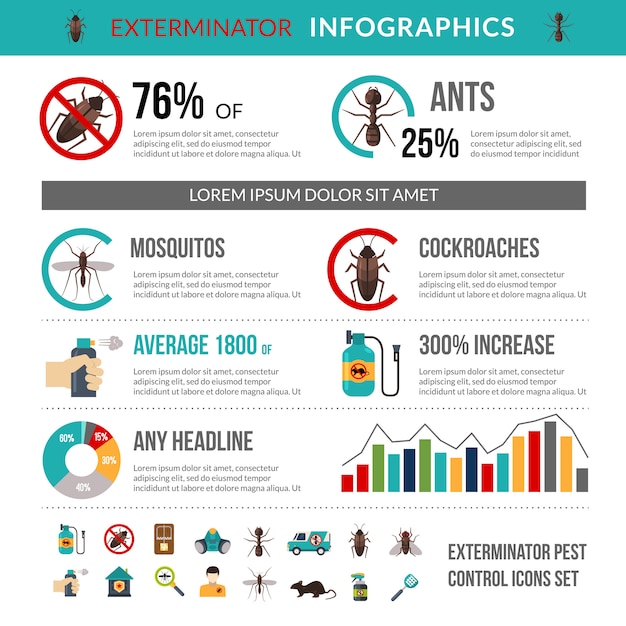Shielding Your Attic From Rats: Secret Guidance For Homeowners
Shielding Your Attic From Rats: Secret Guidance For Homeowners
Blog Article
Article Author-Thybo Garza
Imagine your attic room as a comfortable Airbnb for rodents, with insulation as cosy as hotel pillows and circuitry more luring than area solution. Now, picture these unwanted guests throwing a wild celebration in your home while you're away. As a house owner, ensuring your attic room is rodent-proof is not almost satisfaction; it's about protecting your residential property and loved ones. So, what straightforward steps can you require to safeguard your shelter from these hairy intruders?
Evaluate for Access Things
To begin rodent-proofing your attic, evaluate for entrance factors. Begin by carefully examining plant safe ant killer of your home, seeking any openings that rodents could make use of to gain access to your attic room. Look for voids around energy lines, vents, and pipelines, as well as any kind of cracks or openings in the structure or house siding. Ensure to pay close attention to locations where different building products meet, as these are common entry points for rats.
In addition, check the roofing for any type of harmed or missing shingles, in addition to any voids around the edges where rats might squeeze through. Inside the attic, search for signs of existing rodent activity such as droppings, ate cables, or nesting products. Utilize a flashlight to extensively check dark edges and concealed rooms.
Seal Cracks and Gaps
Inspect your attic room extensively for any fractures and voids that require to be sealed to avoid rats from getting in. Rodents can squeeze through even the smallest openings, so it's vital to seal any kind of possible entrance points. https://www.wwlp.com/news/local-news/tips-to-protect-home-from-bugs-in-spring/ around pipelines, vents, cables, and where the wall surfaces fulfill the roofing system. Make use of a combination of steel wool and caulking to seal off these openings successfully. Steel woollen is an exceptional deterrent as rodents can not chew through it. Guarantee that all spaces are tightly secured to refute access to unwanted pests.
Do not forget the significance of securing voids around windows and doors too. Use weather condition stripping or door moves to secure these areas efficiently. Inspect the locations where utility lines go into the attic room and secure them off utilizing an ideal sealer. By taking the time to seal all cracks and spaces in your attic, you produce a barrier that rats will certainly discover hard to breach. Avoidance is key in rodent-proofing your attic room, so be complete in your efforts to seal off any potential entrance factors.
Eliminate Food Resources
Take aggressive procedures to eliminate or save all possible food resources in your attic to deter rodents from infesting the room. Rats are attracted to food, so removing their food resources is critical in keeping them out of your attic.
Right here's what you can do:
1. ** Store food safely **: Prevent leaving any food things in the attic. Store all food in airtight containers constructed from metal or durable plastic to avoid rats from accessing them.
2. ** Tidy up debris **: Get rid of any heaps of particles, such as old newspapers, cardboard boxes, or wood scraps, that rodents might use as nesting material or food resources. Keep the attic room clutter-free to make it much less attractive to rats.
3. ** Dispose of trash properly **: If you utilize your attic for storage and have trash or waste up there, ensure to deal with it on a regular basis and effectively. Rotting trash bin attract rodents, so keep the attic room tidy and without any organic waste.
Conclusion
In conclusion, keep in mind that an ounce of prevention deserves an extra pound of remedy when it comes to rodent-proofing your attic.
By putting in the time to check for entry factors, seal splits and spaces, and get rid of food sources, you can keep undesirable bugs at bay.
Keep in mind, 'An ounce of prevention deserves a pound of treatment' - Benjamin Franklin.
Remain proactive and secure your home from rodent infestations.
